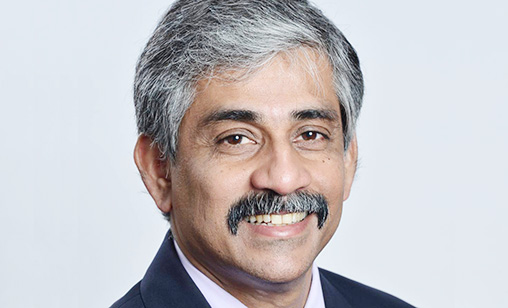News
Not guilty say airports as region’s airfares escalate
October 1st 2025
Airfares continue to hit ever more highs with the biggest increases being recorded in Oceania and ASEAN regions, the most recent report by Airports Council International Asia-Pacific & Middle East (ACI APAC & MID) details. Read More »
Earlier this month, the airport association said airfares had increased across all markets except China, with Southeast Asia and Oceania recording the biggest increases of 20% and 30% higher than pre-pandemic levels, respectively.
 |
The 2025 edition of the Airfare Trends for the Asia-Pacific and Middle East Report regions reveals a significant rise in the cost of air travel.
International fares have increased 17% compared with pre-COVID levels, particularly in Southeast Asia and developed East Asia.
Domestic fares are 30% higher compared with 2019, especially on short-haul low-cost carrier routes that have reduced competition.
Economy travellers are bearing the largest proportion of the fare increases except in India and China, the report said. These two markets are still performing below average regional air fare pricing levels.
Developed with Flare Aviation Consulting, the analysis is a data-driven assessment of airfare movements across two of the world’s fastest growing regions and their fare prices.
Despite a strong post-pandemic passenger traffic recovery, airfares have climbed steadily since the first half of 2019.
The air ticket trajectory contrasts sharply with the declining fare patterns pre-COVID. It is primarily attributed to inflation and reduced airline competition in several markets.
Asia-Pacific airfares increased by an average of 8% from first-half 2019 to 2025 compared with an average 18% decrease between interim 2014 and 2019.
Confirmation air travel is becoming more expensive coincides with passenger traffic continuing to expand across the region.
The most recent statistics from the Association of Asia Pacific Airlines (AAPA) reports the average international passenger load factor for carriers in the region remains elevated at 82.9%.
But many flights are operating with full passenger loads, particularly in premium cabins, evidence travellers are prepared to pay a premium to find a seat on a flight.
 |
In August, Asia-Pacific airlines carried 34.3 million international passengers, an 8.8% increase compared with the same month in 2024.
Revenue Passenger Kilometres (RPK) increased 9.1% year-on-year underpinned by strength in longer haul markets.
AAPA director general, Subhas Menon, said passenger markets continue to demonstrate resilience in the face of global challenges, including protectionist trade measures and supply chain constraints.
In the first eight months of 2025, Asia-Pacific airlines flew 258 million international passengers, up 10.8% against 12 months ago.
Menon said the region’s carriers remain cautiously optimistic with travel demand forecast to stay resilient supported by expansion in global economic activity, particularly in Asia.
“Persistent supply chain constraints and associated pressures on operating costs will pose challenges and underscore the need for airlines to remain agile in responding to market demand and for continued vigilance in cost management,” he said.
“Overall, Asia-Pacific airlines are well-positioned to navigate the wider economic and operational challenges in the months ahead.”
The ACI report reaffirmed its cornerstone defence that airport charges play a marginal role in airfare price changes. Airport charges and turnaround costs, including government taxes, have generally risen below inflation levels, it said.
Notably, in markets where airport charges have decreased, airfares continue to increase, ACI APAC and MID director general, Stefano Baronci, said.
“The objectives of this analysis are an assessment of market dynamics, its impact on aviation and transparency about the rising cost of air travel,” he said.
“This study proves lowering airport charges does not translate into reductions in ticket prices. It limits the ability of airports to invest in capacity and technology to enhance service quality.
“To make air travel more affordable from a consumer perspective, policy makers should focus on liberalising markets and efficient slot policy. This can strengthen airline competition while ensuring airports can build capacity to support growth.”